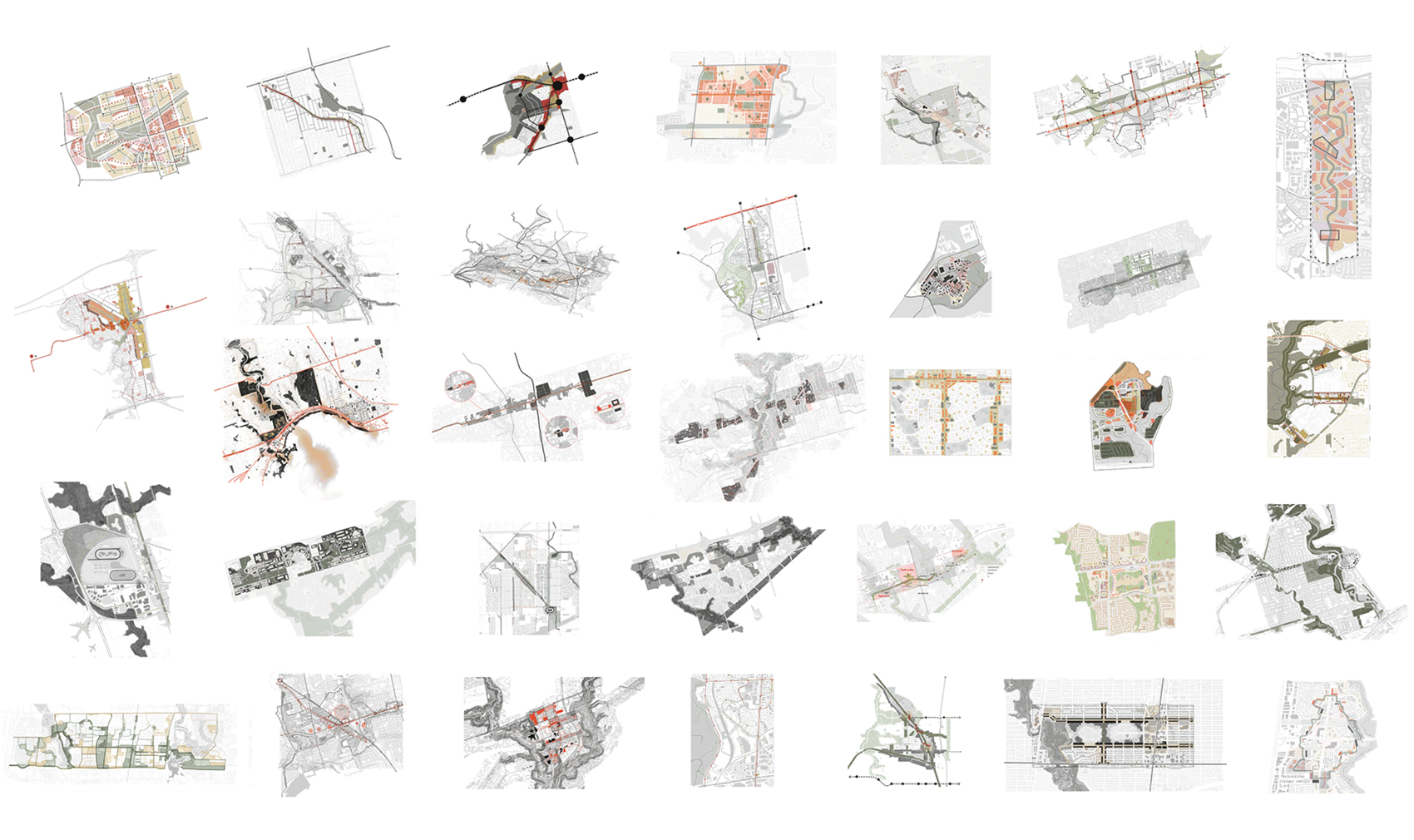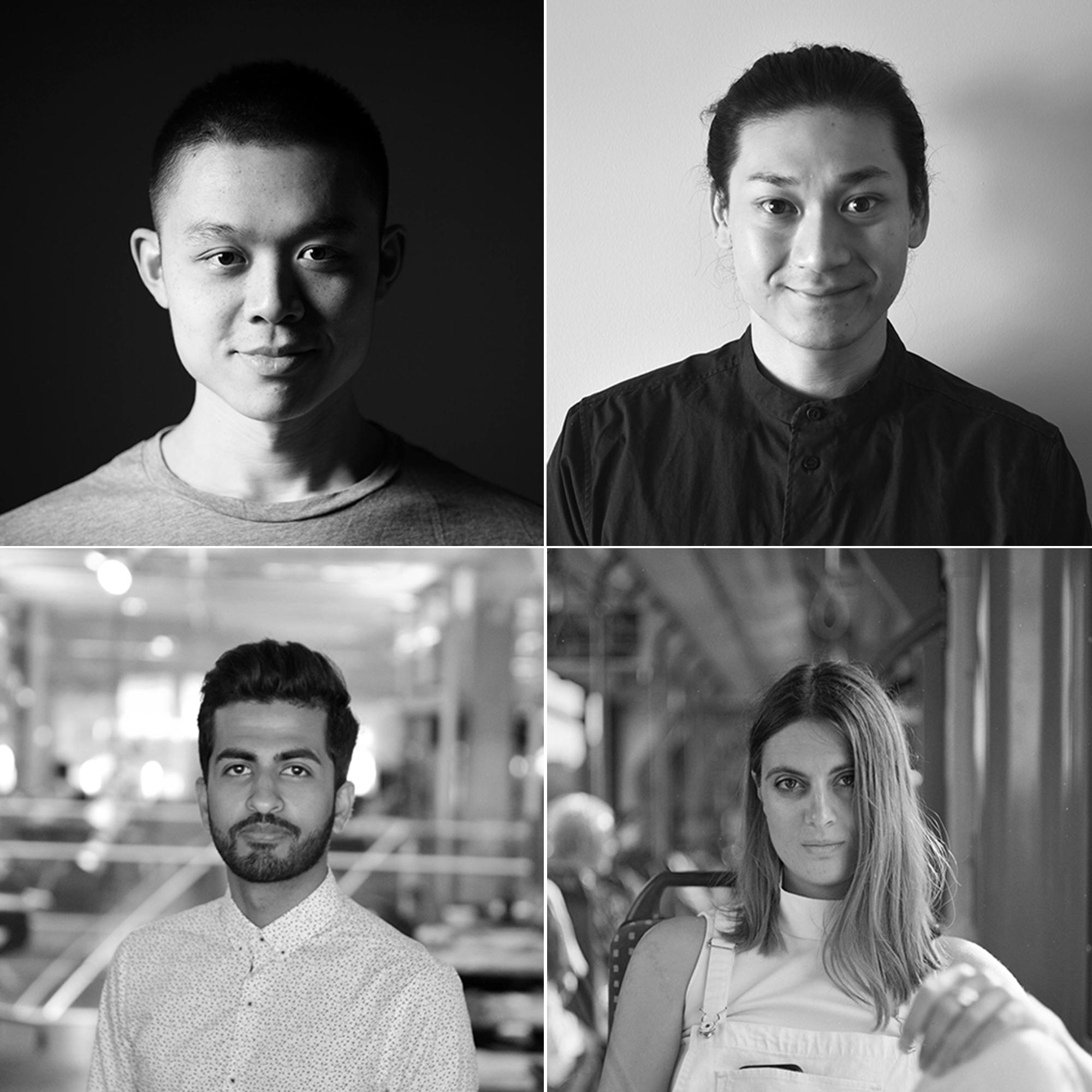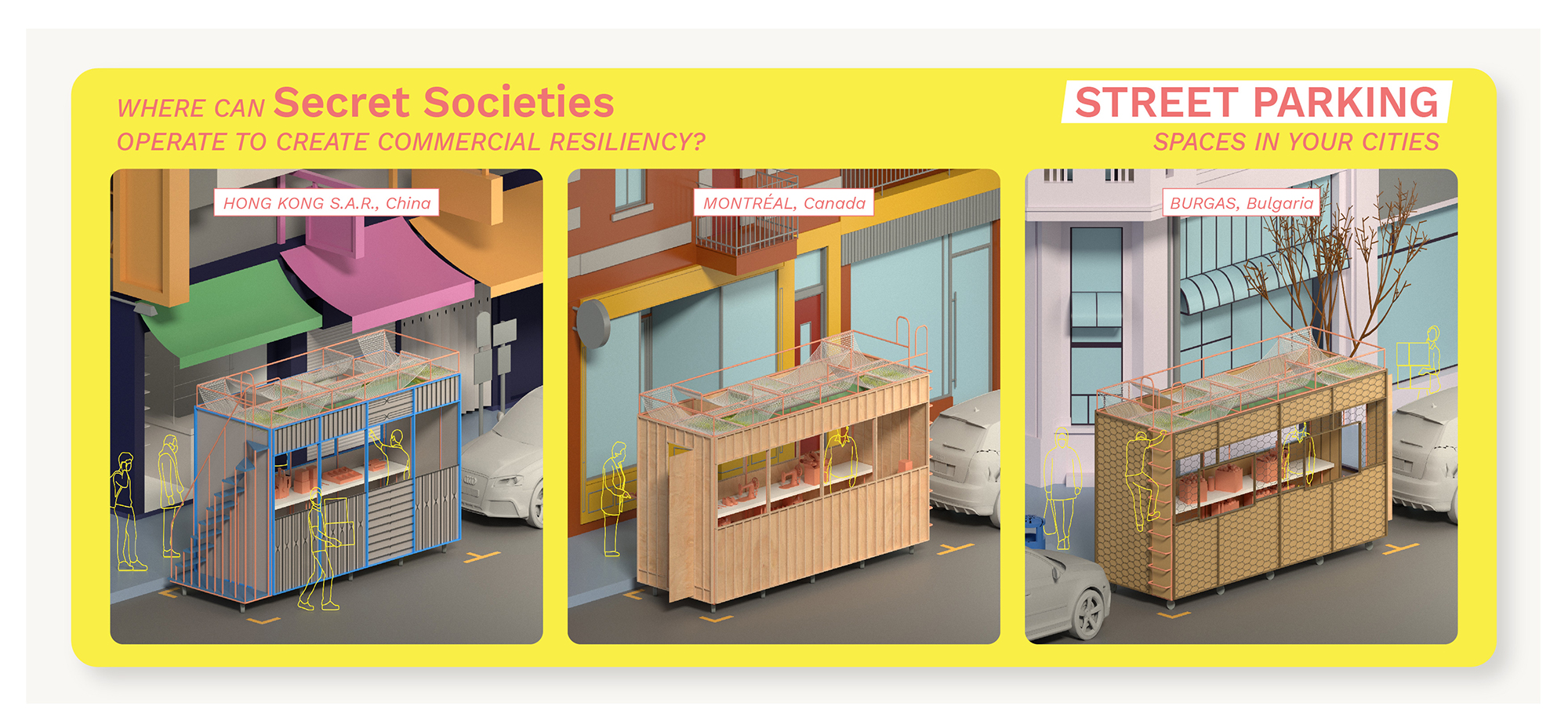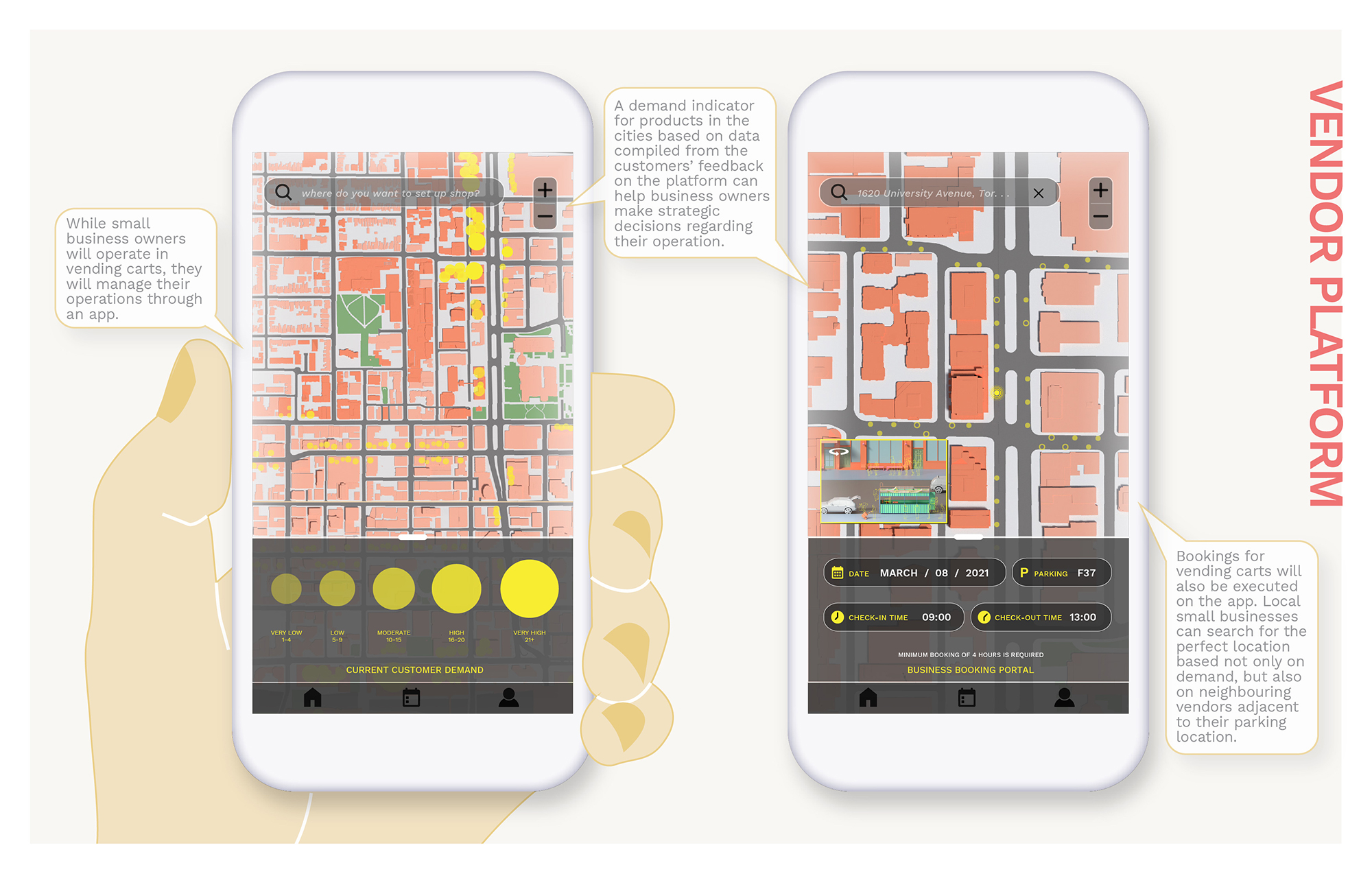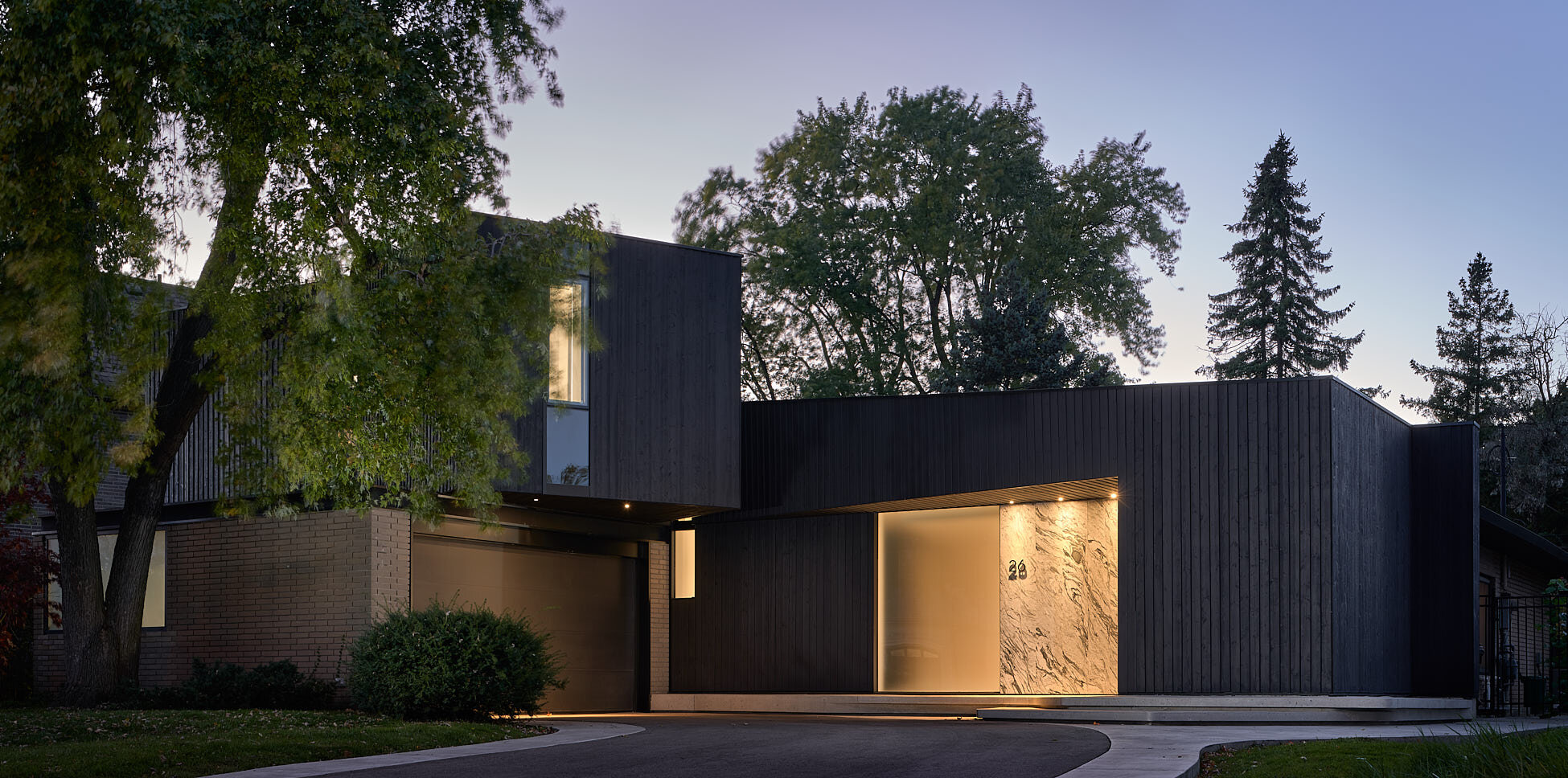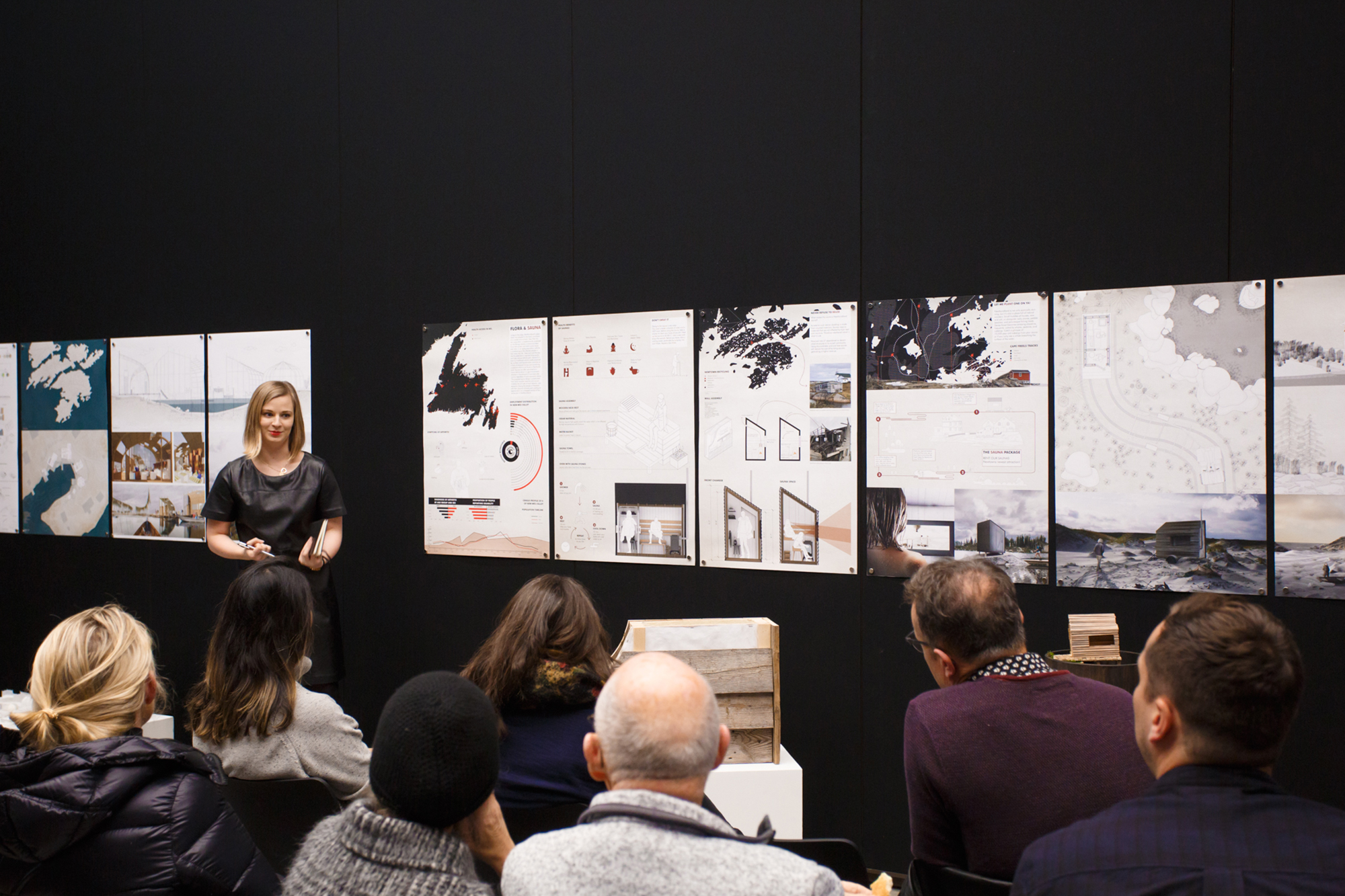15.02.21 - Nineteen Years: Reflections on the Frank Gehry International Visiting Chair in Architectural Design
Professor Emeritus Larry Wayne Richards, former dean of the Faculty of Architecture, Landscape, and Design (1997-2004), reflects on the importance of visiting appointments and 19 years of the Frank Gehry International Visiting Chair in Architectural Design.
When I became dean of the Faculty in 1997, the notion of establishing an international visiting chair in architecture came to me naturally. Several decades before, as a graduate student at Yale University, I was privileged to study with the acclaimed British architect James Frazer Stirling, who held the position of William B. and Charlotte Shepherd Davenport Visiting Professor of Architectural Design. Established in 1966, and first held by Robert Venturi, the Davenport is one of more than 10 visiting professorships at Yale’s School of Architecture. Those positions enable students to learn first-hand from the world’s leading architects.
Precedents such as this were on my mind when colleagues and I embarked on expanding the Faculty’s international outlook and comprehensively restructuring its academic programs. Fortuitously, the University of Toronto had launched its Great Minds Campaign in 1995, which prioritized the establishment of endowed academic chairs by private donation. Assisted by Maude McCarty, the Faculty's director of development, I formed a small working group that included Bruce Kuwabara, Daniels Faculty alumnus and founding partner of KPMB Architects. He, too, was excited by the idea of creating a visiting chair. In his words, “The experience of working with significant international architects gives students invaluable interaction, insight, and inspiration in their development.”
The project gained momentum when I approached the distinguished architect and Toronto native Frank Owen Gehry, seeking to honor him by having his name grace the chair. Frank agreed, and it was a major turning point for the initiative. Bruce, Maude, and others worked closely with me, securing gifts from enthusiastic donors. But we were moving slowly towards the goal of raising $1 million as required to receive the university’s matching funding and thereby achieve the $2-million endowment. Happily, Heather Reisman, founder, chair, and CEO of Indigo, came forward with a generous lead gift. This led to more contributions – 43 in all – sending us well beyond our $1-million goal in private donations. The university provided a match of $1 million, and the Frank Gehry International Visiting Chair in Architectural Design –– the Faculty’s first endowed chair –– was realized in 2002.
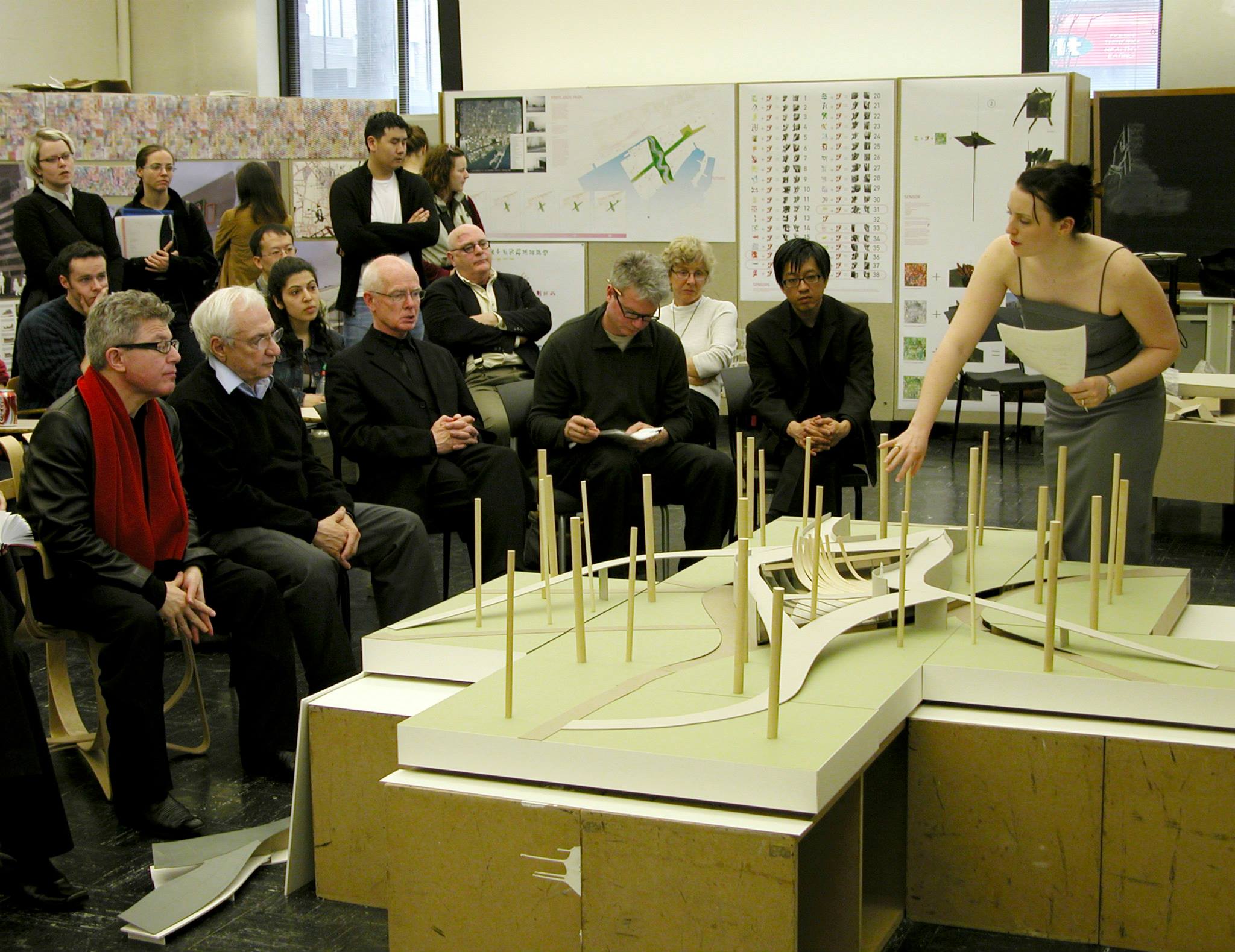
Image caption: Architect Daniel Libeskind was the first appointment in 2002, and Frank Gehry participated in one of Professor Libeskind’s studio reviews.
(The following year, in 2003, the Daniels Faculty’s Michael Hough/OALA Visiting Critic in Landscape Architecture position was established with support from the Ontario Association of Landscape Architects and named in honour of Michael Hough [1928-2013]. Professor Hough was a Toronto urban ecologist and founder of the landscape architecture program at the University of Toronto. Landscape architect and urbanist Walter Hood [Oakland, California] will be the Hough/OALA Visiting Critic for 2021. More information on the 2021 Michael Hough/OALA lecture is forthcoming.)
The terms establishing the Gehry Chair, as approved by the university and funded annually by a portion of the endowment investment income, are to “appoint at least one highly recognized international architect for a period of approximately four months, annually.” Typically, the chair holder presents a public lecture and conducts an advanced graduate studio with about 12 students.
To date, the Faculty has attracted 18 international architects to the Gehry Chair:
2002-03 Daniel Libeskind, New York
2003-04 Preston Scott Cohen, Cambridge, Massachusetts
2004-05 Merrill Elam, Atlanta
2005-06 Diane Lewis, New York
2006-07 Will Bruder, Phoenix
2007-08 Jürgen Mayer H, Berlin
2008-09 Wes Jones, Los Angeles
2009-10 Mitchell Joachim, New York
2010-11 Nader Tehrani, Boston
2011-12 Hrvoje Njiric, Zagreb, Croatia
2013-14 Josemaría de Churtichaga, Madrid
2016-17 Sharon Johnston and Mark Lee, Los Angeles
2017-18 Amale Andraos and Dan Wood, New York
2019-20 Aljoša Dekleva and Tina Gregorič, Ljubljana, Slovenia
2020-21 Douglas Cardinal, Ottawa
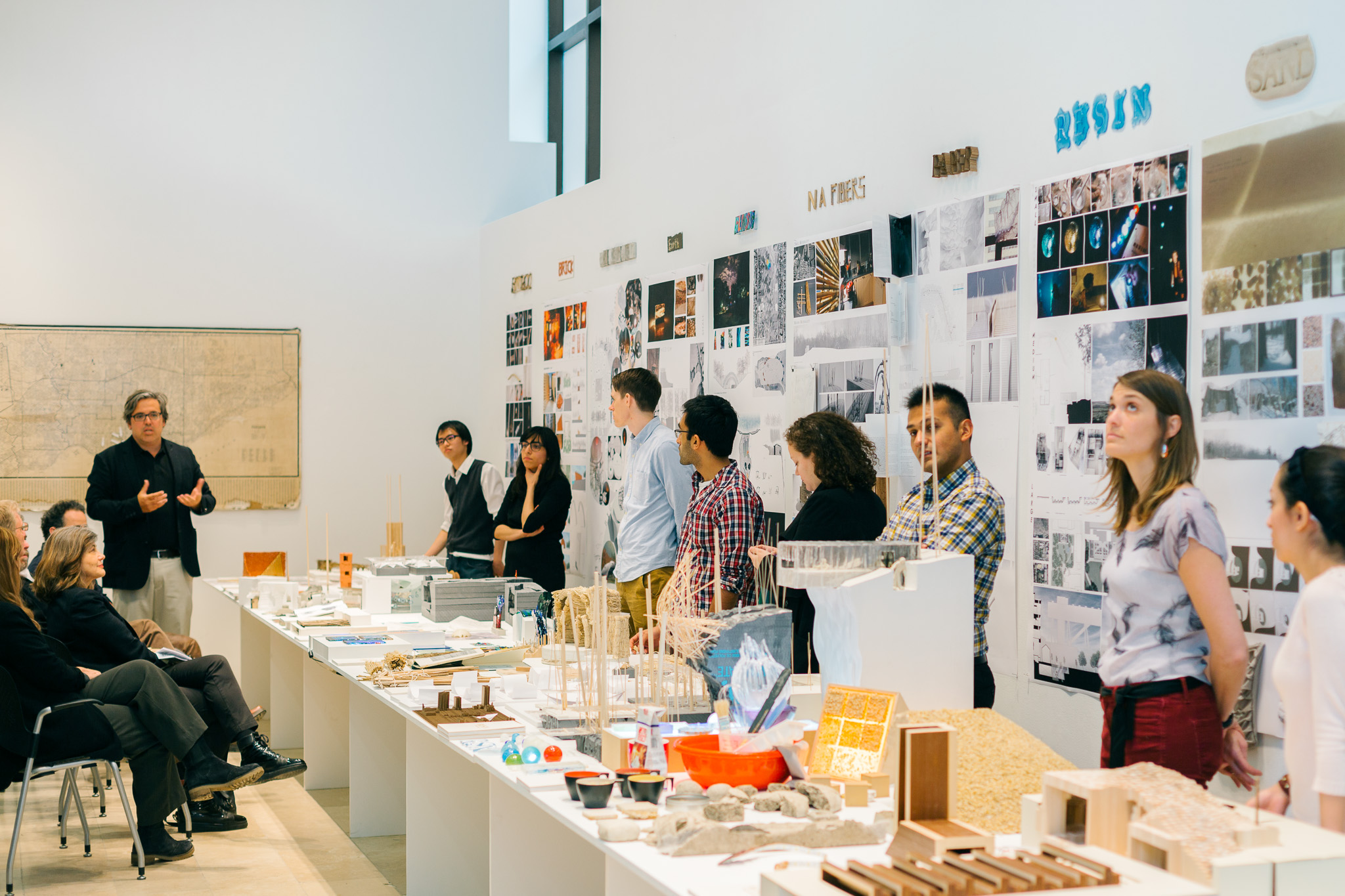
Image caption: Studio reviews with Josemaría de Churtichaga (2013-14 Gehry Chair).
Each Gehry Chair holder arrives with an impressive list of professional achievements and awards. To cite one example, when Phoenix-based Will Bruder came to teach in the Faculty in 2006, his resume included more than 60 state, national, and international awards, including the American Academy Rome Prize, the Chrysler Design Award, the Architectural Record Award of Excellence for Design, and the Educator of the Year Award from the Arizona chapter of the American Institute of Architects. Professor Emeritus George Baird, former dean of the Daniels Faculty (2004-2009), invited Bruder and adds: “It was a huge benefit to be able to bring prominent architects from other parts of the world to the school for a term, especially after my positive experience of so many enriching visiting professorships at Harvard, where I taught for several years before becoming dean at U of T.”
Occasionally, architect-partners are appointed to the Gehry Chair. Student Phat Le recalls his experience studying with Aljoša Dekleva and Tina Gregorič in 2019: “It was fantastic to study with them. The research phase included a trip to Venice, Ljubljana, and Vienna to tour examples of affordable housing and methods of collective housing practices. Then Aljoša and Tina focused our studio project on Toronto’s ‘missing middle’ in the ‘yellowbelt’ – that area constituting about 70 per cent of Toronto’s residential areas zoned for detached and semi-detached housing. They trusted the students, combining our experiences in Toronto with their knowledge of housing practices in their home base of Slovenia. This created a unique dialogue. The Gehry Chair studio was a huge catalyst for my master’s thesis, wherein I’m examining aspects of collectivity, ownership, and community power in Toronto’s downtown Chinatown.”
Richard Sommer, former dean of the Daniels Faculty (2009-2020), made seven Gehry Chair appointments. He sees international visiting appointments as key to challenging the status quo, allowing dynamic individuals from practice to bring their thinking into a school, cutting across the grain of established pedagogy and curricula. Professor Sommer says, “The impact of the Gehry Chair visitors on our school reflects the changing role and influence of the practitioner/teacher. In this light, we can see how our visitors over the past two decades have confronted shifting interests and curiosities during a period when the field of architecture and our school were rapidly changing."
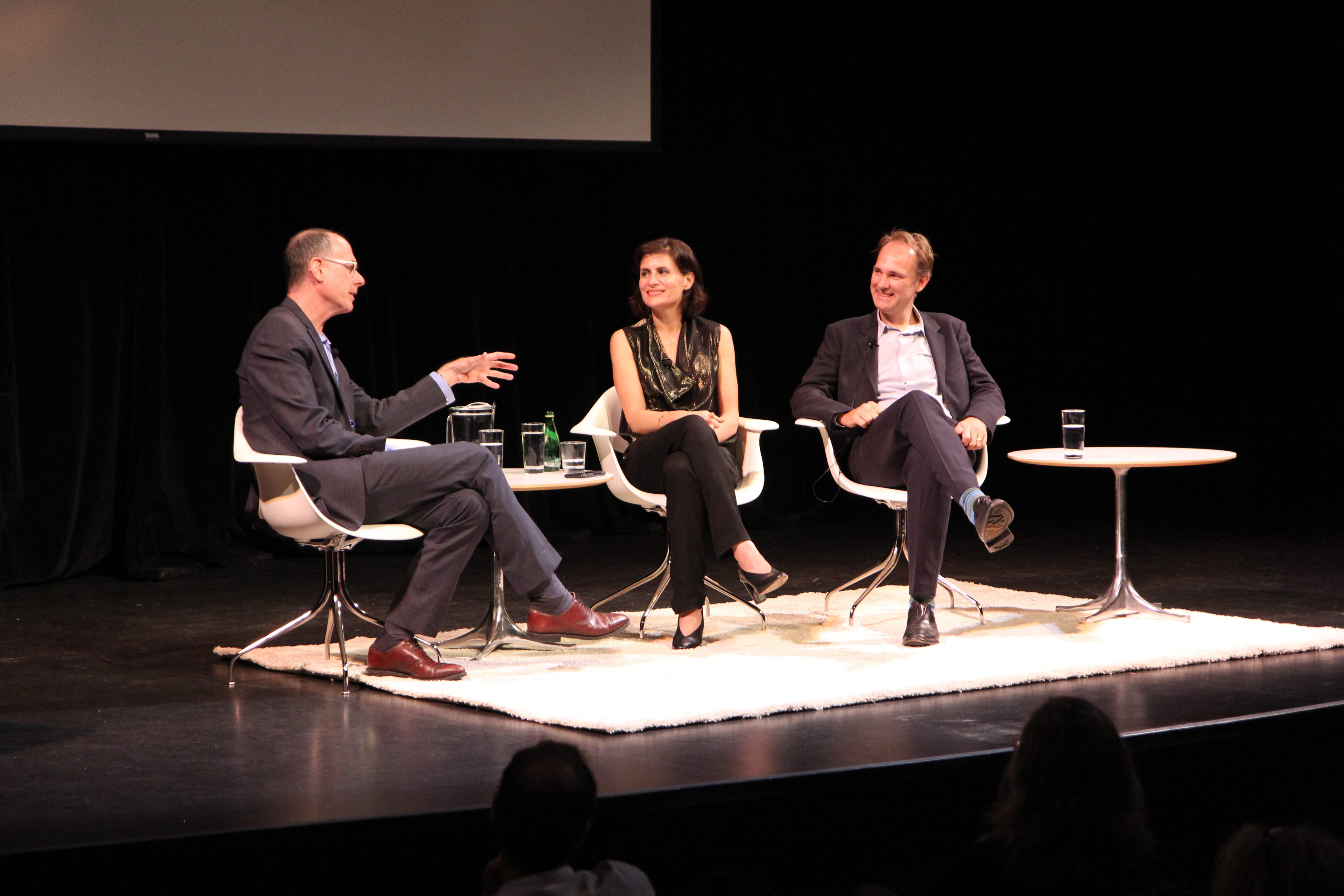
Image caption: Public lecture with Amale Andraos and Dan Wood (2017-18 Gehry Chairs).
Indeed, this kind of healthy confrontation has come forward boldly from Douglas Cardinal, the renowned Canadian architect who holds the 2020-2021 Gehry Chair. Celebrated for his pioneering use of computers in architectural practice, advocacy for the rights and dignity of indigenous peoples, and inspiring building designs, the appointment of Cardinal is momentous.
Given the current global pandemic and resulting remote learning, Cardinal is presenting a series of four online lectures and conversations, reaching an expanded student audience, as well as the public. The third event, Douglas Cardinal: Talks with Students, on February 25, will be led by James Bird, an Indigenous student at the Daniels Faculty. The conversation will focus on the teaching of architecture. In the final session, on March 25, Cardinal will narrate a video tour of the Canadian Museum of History in Hull, Quebec — an energetic, curvaceous structure with integral landscapes that he designed during 1984-89. The museum exemplifies the kind of “spiritual organicism” for which Cardinal has become known internationally.
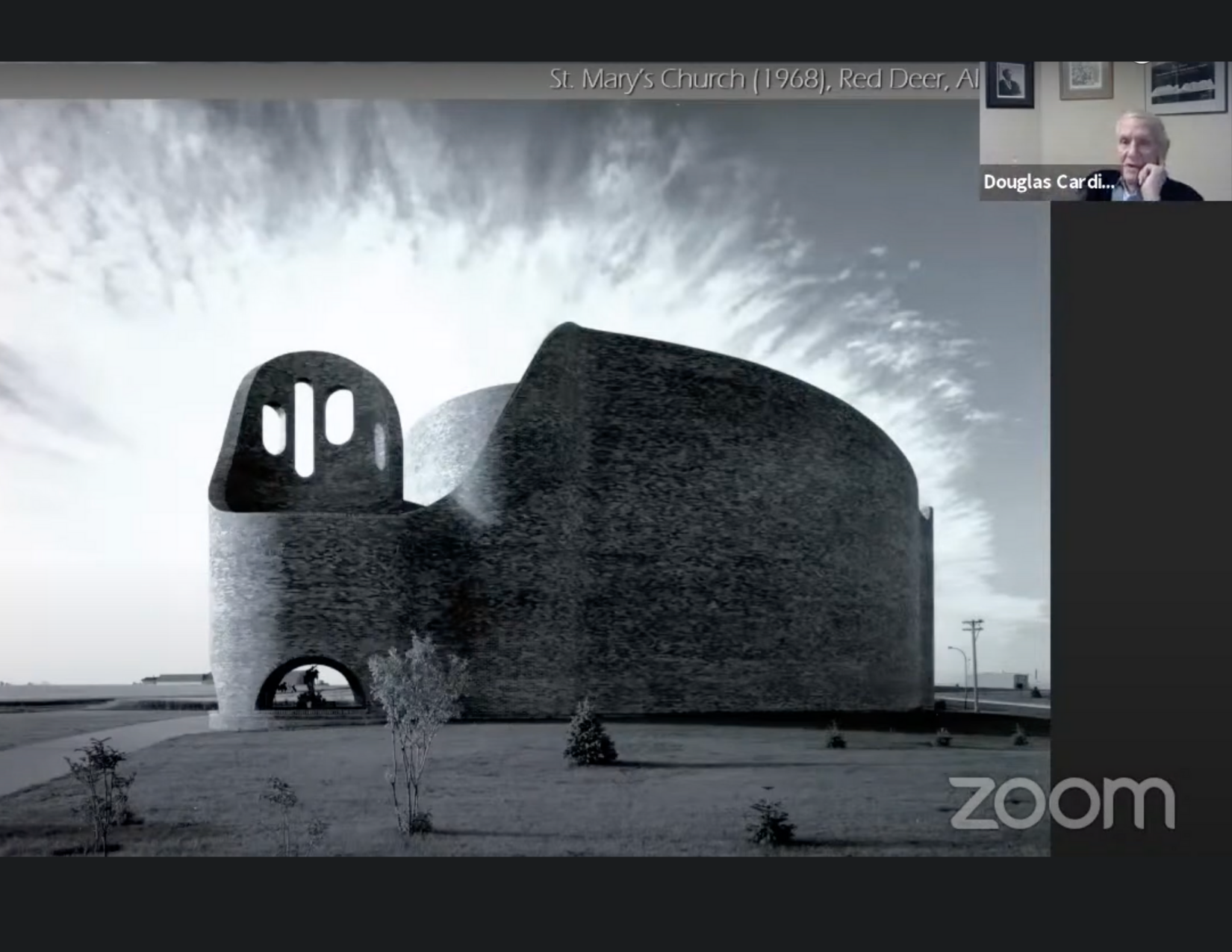
Image caption: Douglas Cardinal (2020-21 Gehry Chair) hosts an online public lecture on January 14, 2021. One of his seminal works, St. Mary's Church in Red Deer, Alberta, is shown on screen.
Over the past 19 years, hundreds of students have been inspired through the instruction of Gehry Chair visitors –– a unique experience that has helped shape their personal and professional development. Endowed in perpetuity, the Frank Gehry International Visiting Chair in Architectural Design will continue to bring distinctive visitors with diverse viewpoints to our Faculty and its extended communities. We can look forward to the future opportunities and surprises that the 20th year of the Gehry Chair will bring in 2022.


